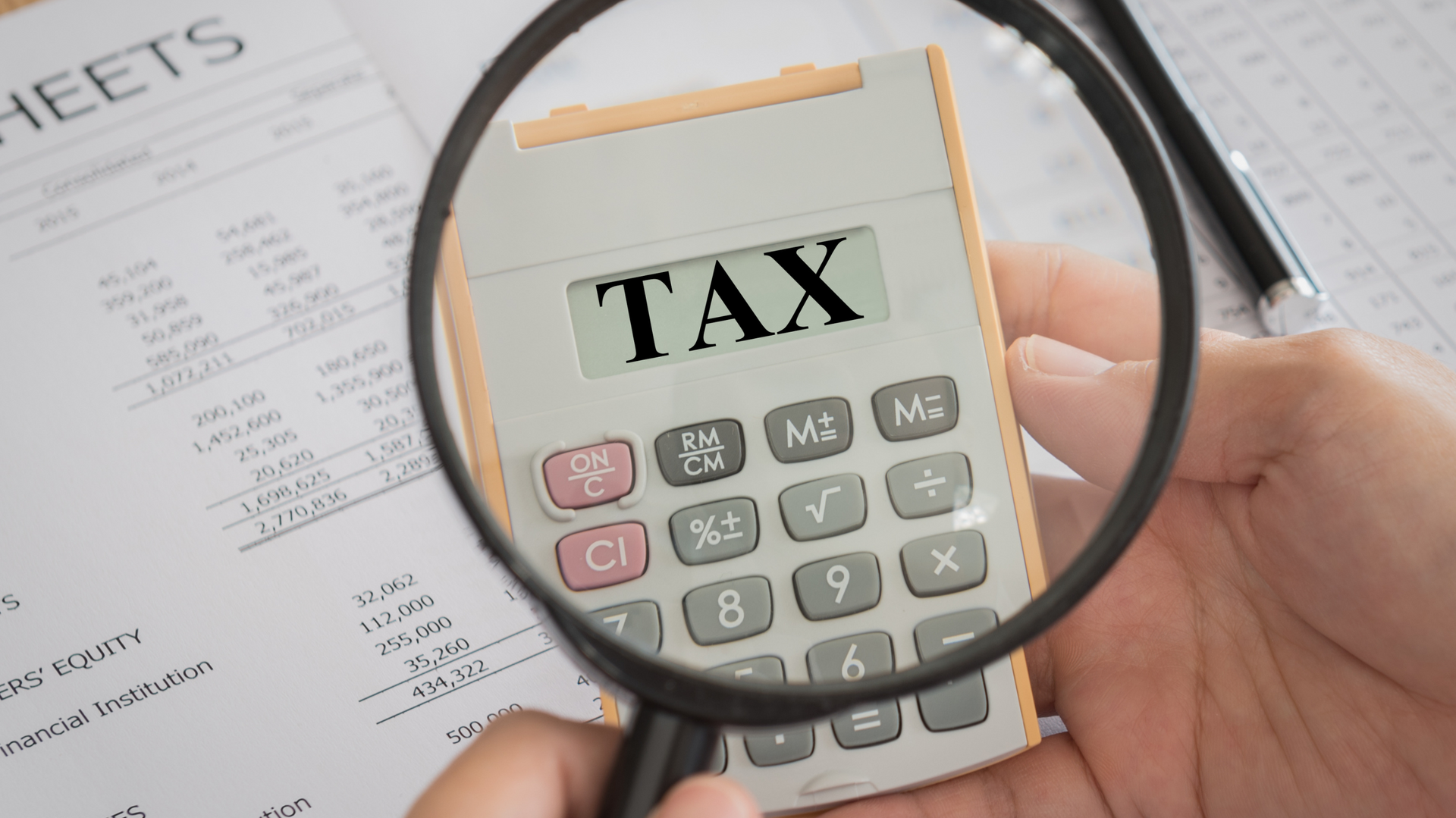Airbnb Seasonal Pricing
Airbnb Seasonal Pricing: The Key to Maximizing Your STR Revenue

Pricing your Airbnb correctly throughout the year isn’t just about setting competitive rates—it’s about understanding how demand fluctuates and adjusting accordingly. Seasonal pricing is one of the most powerful tools STR owners have to maintain strong occupancy rates and maximize revenue. Whether you’re dealing with high-demand holiday periods, slow off-seasons, or transitional shoulder months, having a data-driven pricing strategy is critical to staying competitive.
This guide will walk you through the fundamentals of seasonal pricing, including how to:
- Identify peak, low, and shoulder seasons in your market
- Optimize pricing strategies for different times of the year
- Use data-driven tools to automate pricing adjustments
- Maintain profitability while keeping occupancy rates high
By the end, you’ll have a clear roadmap for crafting a dynamic pricing strategy that ensures steady bookings and maximized earnings year-round.
Understanding Seasonal Pricing
Seasonal pricing is the practice of adjusting nightly rates based on demand, competition, and market conditions. By analyzing data trends and setting competitive rates, STR owners can capitalize on peak seasons while maintaining steady bookings during slower times.
Effective seasonal pricing involves:
- Identifying peak, low, and shoulder seasons in your market
- Analyzing demand drivers such as holidays, local events, and tourism trends
- Leveraging data-driven pricing tools to make informed rate adjustments
Peak Season Pricing: Capitalizing on High Demand
During peak seasons, demand surges due to favorable weather, holidays, and major local events. To maximize revenue during these periods:
1. Increase Rates Strategically
- Monitor competitors’ pricing and occupancy trends to set optimal rates.
- Gradually increase rates as demand builds—avoid drastic jumps that deter guests.
- Consider minimum stay requirements to maximize revenue per booking.
2. Optimize for Holidays and Events
- Summer Demand: Beachfront and lakefront properties see their highest demand in summer. Adjust rates accordingly and emphasize outdoor amenities.
- Holiday Travel: Thanksgiving, Christmas, and New Year’s Eve are peak travel times. Guests expect higher rates but also value premium experiences.
- Local Events & Festivals: Sports tournaments, music festivals, and conferences can drive temporary demand spikes. Research local event calendars and adjust rates accordingly.
3. Highlight Premium Features
- Showcase amenities that justify higher rates, such as pools, outdoor kitchens, or private balconies.
- Offer enhanced guest experiences like early check-ins, late check-outs, or welcome packages.
New Paragraph
A Step-By-Step Guide to Setting Up an Airbnb Seasonal Pricing Strategy
1. Market Analysis and Data Gathering
A successful seasonal pricing strategy begins with a thorough market analysis. STR owners should:
- Collect historical booking data to identify patterns in demand fluctuations.
- Analyze competitor pricing trends to determine where their rates stand in comparison.
- Evaluate factors influencing demand, such as local festivals, school vacations, and weather patterns.
- Use analytics tools like AirDNA and PriceLabs to forecast demand and optimize pricing.
2. Defining Peak and Off-Peak Seasons
Once you’ve gathered market data, identify the periods of highest and lowest demand.
- Peak seasons are characterized by high demand due to favorable weather, major holidays, or local events. Pricing should be optimized to maximize revenue.
- Off-peak seasons see lower demand. Strategic pricing and value-added incentives help maintain bookings.
- Shoulder seasons offer a mix of both, requiring a balanced approach.
3. Setting Base Rates
Base rates should serve as the foundation for pricing strategies, allowing for adjustments based on market trends.
- For peak seasons, rates should be set competitively high, reflecting increased demand and guest willingness to pay more.
- During off-peak seasons, reducing base rates while offering added perks can attract budget-conscious travelers.
- Shoulder seasons should have moderate rates with strategic discounts for extended stays and weekend bookings.
4. Incorporating Dynamic Pricing Tools
Dynamic pricing tools automate rate adjustments based on market conditions. Tools like:
- PriceLabs and Wheelhouse analyze real-time demand and competitor pricing to adjust your rates accordingly.
- AirDNA MarketMinder provides data insights on occupancy rates and revenue trends to optimize pricing.
- Beyond Pricing dynamically updates your pricing strategy based on historical performance and market shifts.
By leveraging these tools, STR owners can avoid the guesswork and ensure rates remain competitive without constant manual adjustments. Plus, these tools are often tax deductible, adding another financial benefit to their use.
5. Monitoring and Adjusting
A seasonal pricing strategy isn’t a set-it-and-forget-it approach. It requires:
- Regular performance reviews to track occupancy trends and revenue goals.
- Adjustments based on market conditions, such as unexpected travel surges or changes in consumer behavior.
- Continuous competitor analysis to remain competitive within your market.
6. Communication and Transparency
Clear communication about seasonal pricing can enhance guest satisfaction. Consider:
- Updating listing descriptions to highlight value-added features that justify rate changes.
- Providing transparency about rate fluctuations due to demand, such as increased pricing for local events.
- Offering special packages, like bundled experiences or discounts for repeat guests, to maintain guest interest.
The Long-Term Benefits of Seasonal Pricing
Implementing a dynamic seasonal pricing strategy ensures:
- Maximized revenue by capturing peak demand without leaving money on the table.
- Consistent occupancy through competitive pricing in slow periods.
- Sustained market competitiveness by staying responsive to industry trends.
Successful hosts recognize that pricing is more than just setting nightly rates—it’s a data-driven strategy that requires adaptability, technology, and ongoing refinement. By leveraging pricing tools, competitor analysis, and demand forecasting, STR owners can ensure profitability across all seasons.
Whether managing a single vacation rental or scaling a portfolio, staying proactive with pricing adjustments will make a significant difference in revenue generation. Incorporate dynamic pricing tools, keep an eye on market fluctuations, and maintain transparency with guests to enhance the booking experience.
For those looking to streamline operations, working with a professional property management team, like Home Team Luxury Rentals, can ensure that your pricing strategy remains competitive and profitable year-round. The key to long-term success in short-term rentals is understanding that pricing is a dynamic process—one that evolves with market trends, guest expectations, and economic shifts.
Want Exclusive STR Insights? Join The STR Report Community!
Welcome to The STR Report! Join thousands of short-term rental investors who receive exclusive insights, market updates, and expert strategies—delivered straight to your inbox twice a week.
What You’ll Get:
- Latest STR news and market trends to stay ahead of the competition
- Investment snapshots and off-market opportunities for smart purchasing decisions
- Exclusive resources, including:
- Buy Box Templates – Proven criteria for acquiring high-performing Airbnb properties.
- Listing Optimization Reviews – Actionable insights to improve your Airbnb performance.
- Guest Communication Templates – Ready-to-use messaging for seamless guest interactions.
Partner with Us!
Have a project or service related to STRs? Let’s collaborate! Reach out at hello@thestrreport.com.
Share to social media
More posts





